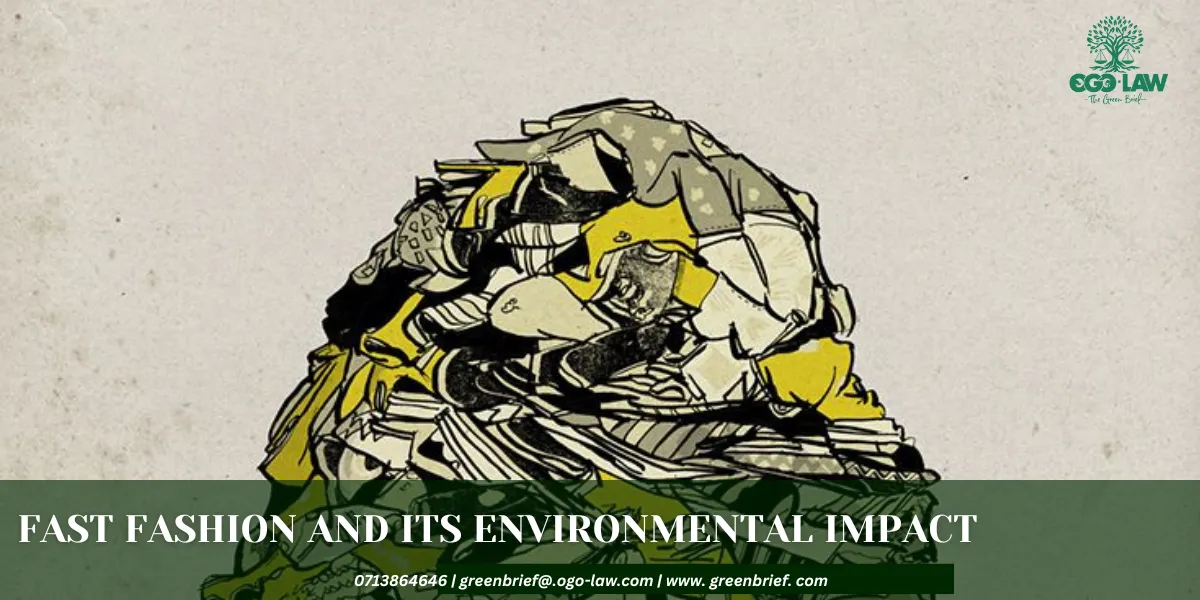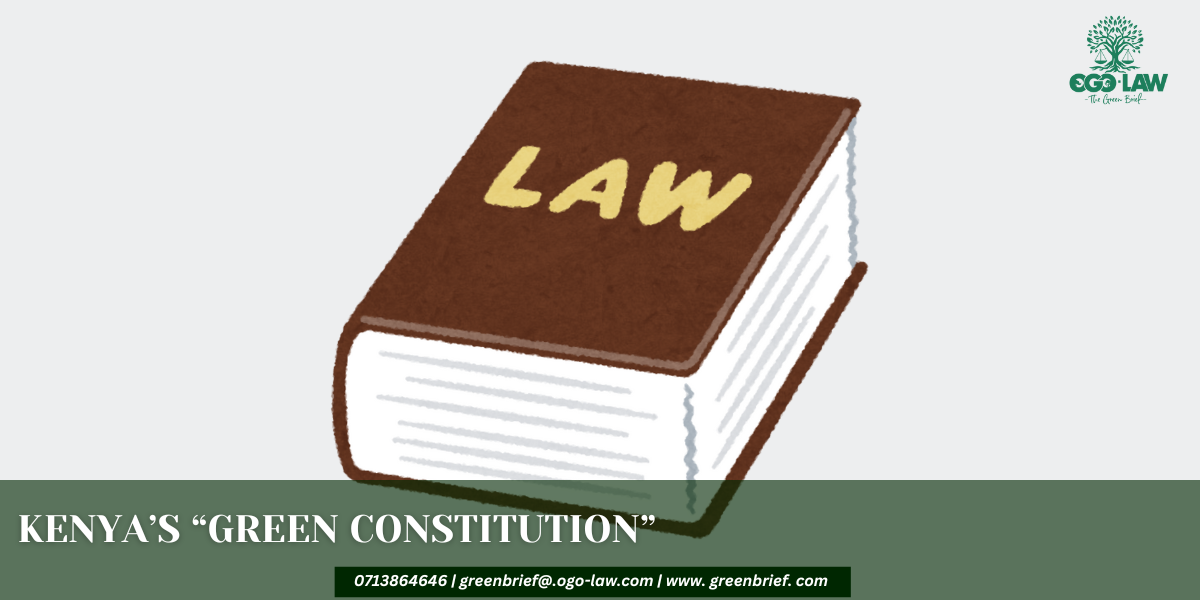“…while wildlife is a treasured gift to our nation, we must take proactive measures to prevent these adverse interactions. We are working to ensure animals remain within designated habitats, allowing residents to farm and conduct business without fear…” Rebecca Miano, Cabinet Secretary for Tourism and Wildlife on 10th July 2025
So what happens when the adverse interactions lead to loss of life, destruction of property and livelihoods?
The Wildlife Conservation and Management Act Cap.376 as read with the Wildlife Conservation and Management (Compensation) Regulations 2017 outlines the structure, purpose, process and compensation limits for human-wildlife conflict.
According to the parent Act, the Government is required to establish a wildlife Compensation Scheme. The purpose of the scheme is to finance compensation for human death or injury or crop and property damage caused by wildlife. Additionally, each county is to establish a County Wildlife Conservation and Compensation Committee (CWCC) whose function is to review and recommend payment compensation on claims resulting from loss or damage caused by wildlife.
Compensation Claims and Payouts
The third schedule lists the wildlife species in respect of which compensation may be paid:
| Category | Wildlife Species |
| Death and Injury | Elephant, Lion, Leopard, Rhino, Hyena, Crocodile, Cheetah, Buffalo, Hippo, Wild dog |
| Crop, Livestock and Property Damage | Elephant, Lion, Leopard, Rhino, Hyena, Crocodile, Cheetah, Buffalo, Hippo, Zebra, Eland, Wildebeest, Snake, Wild dog |
A. Claims for Personal Injury or Death
If a person suffers bodily injury or is killed by any wildlife listed under the Third Schedule of the Act, the process for compensation is as follows:
- Lodge a claim with the CWCC within the relevant jurisdiction by filling out the prescribed Form A. That is, if the act happened in Meru, lodge the claim with the Meru County Wildlife Compensation Committee.
- The CWCC shall verify the claim and submit its findings and recommendations to the Cabinet Secretary responsible for matters relating to wildlife.
- The Cabinet Secretary shall consider the recommendations and, where appropriate, pay compensation.
The compensation amounts for human injury or death are as follows:
- In the case of death; Five (5) Million Kenya Shillings
- In the case of injury occasioning permanent disability; Three (3) Kenya Million Shillings
- In the case of any other injury; a maximum of Two (2) Million Kenya Shillings, depending on the extent of the injury
B. Claims for Crop, Livestock or Property Damage
The procedure to be followed is as follows:
- Reporting Livestock Death
(The process of seeking compensation for destruction of crops and property is similar to that of death of livestock)
1. As the owner of the dead livestock, you should ensure that the animal or carcass is preserved in order to prevent the evidence from being lost.
2. Formally report the incident to the Kenya Wildlife Service (KWS) within 48 hours of learning about the livestock death. The report shall be in the prescribed Form B.
3. Notify the relevant CWCC within 48 hours of the incident using the prescribed Form B.
4. KWS shall conduct the investigation and evaluate the incident within 24 hours of receiving the report. The KWS officer shall assess the evidence at the site and the carcass to confirm if the wildlife killed the animal.
5. The KWS officer shall prepare a report detailing whether the death was caused by wildlife, if it involved domesticated livestock and if the owner failed to take reasonable care.
6. The report is then submitted to the owner of the livestock and CWCC.
7. The CWCC shall review the claim and the report by KWS and provide recommendations within 30 days.
8. Compensation then takes place and the same is valued at the current prevailing rate. Conditions that would prevent one from being compensated include:
- The owner failed to take reasonable measures to protect the property from damage by wildlife
- The owner’s land use practices are incompatible with the ecosystem-based management plan for the area
- Lack of sufficient evidence to prove wildlife attack
- Failure to notify the KWS within the stipulated timeline. The exception is where the failure to give notice was beyond the control of the claimant
Lastly, when CWCC issues recommendations to a claimant on preventive measures, a claimant’s failure to implement these recommendations may result in the CWCC declining, discounting or withholding disbursement on a subsequent claim for a related loss. Additionally, CWCC does not process repeat claims based on the same grounds once payment for the original claim has been made.
Appeals
A person dissatisfied with the decision or award made by the CWCC or the Cabinet Secretary may file an appeal to the National Environment Tribunal within 30 days of being notified of the decision.
If an appeal is not filed within the stipulated timeline, the CWCC’s or Cabinet Secretary decision and award is said to be final and binding.
(Please note that the Act is still going through amendments as the current Bill to amend this Act was referred back to Parliament by the President)





